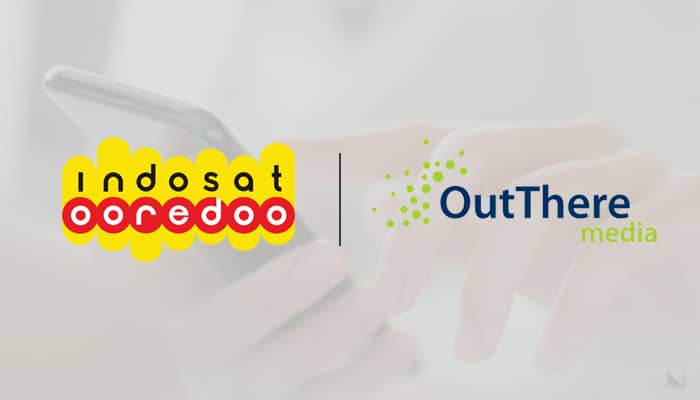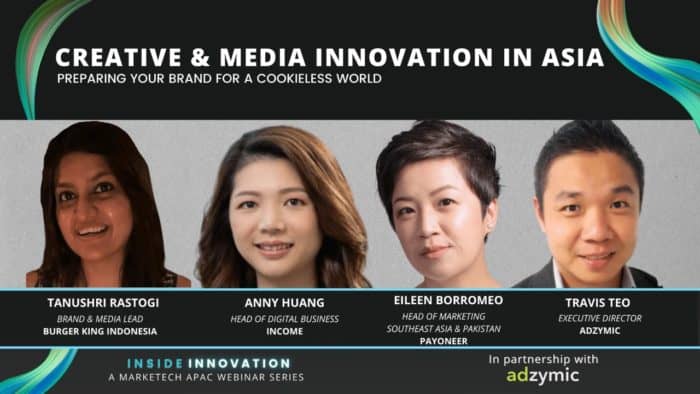Sydney, Australia – The digital advertising market in Australia has been estimated to be valued at reaching US$3.232b for September quarter this year, or up 42.1% year on year. This is according to the latest data from the Interactive Advertising Bureau (IAB) Australia, in association with consulting firm PwC.
According to the data, search and directory ads increased by 41%, while general display increased by 45.6% and classifieds up 37.3%.
Meanwhile, retail advertising again held the number one advertiser category share of display advertising investment, now representing 14.4% of display investment and leading video advertising investment. Technology sector in advertising experienced the largest increase in share to reach 7.8%, while automotive advertising’s share of total spend continued to retract, reflecting the supply challenges. Meanwhile, the travel sector saw the largest decrease in share thanks to lockdowns reversing the increases experienced by travel in the June quarter.
In other sectors, video advertising’s share of general display advertising peaked this quarter at 62%, an increase of 72% year-on-year to reach US$784.1m. In addition, native advertising grew 30% year on year, while standard display advertising fell 21% year on year.
Meanwhile, programmatic trading of content publishers inventory again increased in September quarter this year, delivering 45% of the total expenditure, versus 40% bought through agency insertion orders. Programmatic continues to dominate as the preferred buying method for content publishers’ video inventory.
Speaking about the state of the ad industry in Australia, Gai Le Roy, CEO at IAB Australia commented, “The September quarter had a mix of highs and lows with Olympics activity encouraging investment but the travel market pulling back again with local lockdowns. Overall though investment in [the] digital advertising market continued to impress, with the September quarter increasing 42% on the COVID impacted September 2020, but also increasing 36% compared to the 2019 September quarter.”













